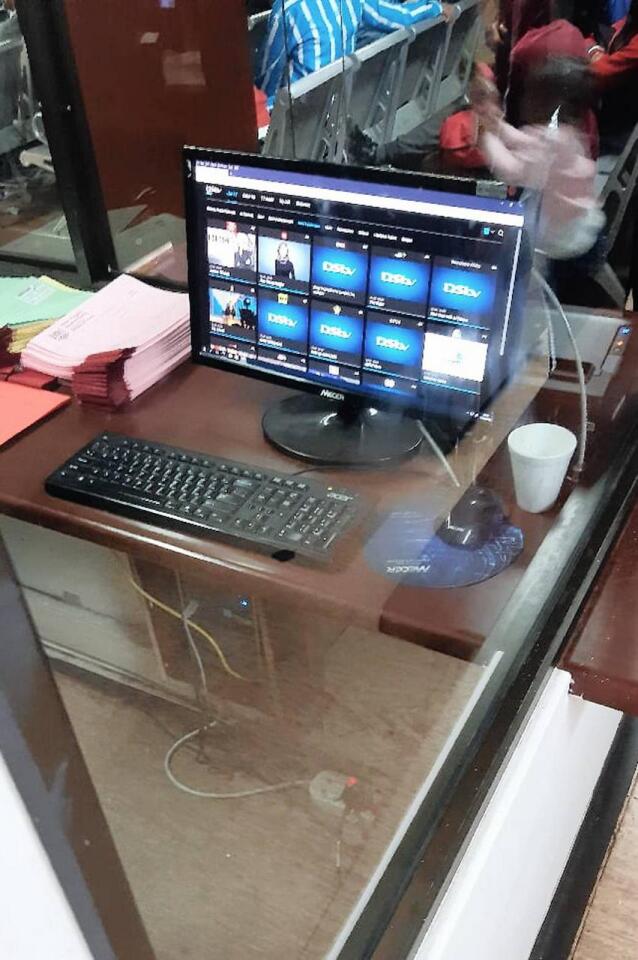A number of reports have been received of provincial ambulances taking several hours to respond to calls for help
KIMBERLEY residents believe that their lives and health are at risk due to the slow response of emergency medical services (EMS) in the city.
A number of reports have been received of provincial ambulances taking several hours to respond to calls for help.
A Kimberley family said yesterday that they had to transport their ill mother to hospital after an ambulance failed to collect her despite numerous calls.
According to the daughter of the ill woman, her mother, who is a cardiac patient, suffered for many hours before they could get her to hospital.
“My cousin called an ambulance for my mother at about 3pm. She called me too but I was still at work at the time. When I got home, my mother was still at home and was in a bad state. I also called the ambulance and after several attempts I eventually got through to the control room. The person who answered my call told me that there were only two ambulances operating in the Northern Cape. At that time it was already after 7pm and I could see my mother was not getting better.”
She said that they then resorted to taking her mother to the hospital in a private vehicle.
“We rushed my mother to the hospital in a car. We were very worried about her health as she was short of breath and we were aware of her heart condition. Our biggest concern was to get her medical attention quickly.”
According to sources, the shortage of ambulances in the Province has been a problem for many years.
They said that when the Department of Health distributes ambulances the event appears beautiful on paper but the reality is very different.
“Usually when ambulances are distributed, Kimberley is allocated about two ambulances. The rest of the vehicles are then distributed across the Province. An ambulance from Kimberley is at times dispatched to Jan Kempdorp or Hartswater to transport patients from there. When that happens, it means that residents in the city do not have access to emergency services. Local patients then blame EMS employees and do not understand the logistical side of the matter.”
According to the sources, ambulance personnel are also sometimes forced to load more than one patient at a time in an ambulance, which compromises patient care.
“Because of the shortage of ambulances, we sometimes have to load five or six patients at a time if it is very busy. It is impossible under these circumstances to attend to individual patients, like taking their vitals, while there is also no privacy for the patients. One also cannot ask the medical history of a patient as there are other people inside the vehicle. That makes it challenging for EMS employees to do their work.”
In June last year, Northern Cape Premier Zamani Saul handed over the first of 27 ambulances with the promise of 63 new emergency vehicles for the Province.
The handover also came with a promise that the ambulance shortage crisis would soon be a thing of the past.
Saul, together with the newly appointed MEC for Health, Mase Manopole, presented the 27 vehicles, consisting of 13 ambulances and 14 patient transporters, to emergency personnel.
Saul said at the time that the handover was in line with his commitment as premier to make health care more accessible to the poorest of the poor and to improve the quality of public health care in the Province.
Northern Cape Department of Health spokesperson Lebogang Majaha said yesterday that Manopole will convene an EMS management meeting today to “deliberate extensively on some of the challenges raised and to ensure that these matters are addressed without any further delays”.
Meanwhile, patients have also pointed out that once at the hospital, decent health care was also not always forthcoming.
A member of the public, who contacted the DFA yesterday, said he had been sitting at the hospital since 3pm with his ill child and by 9.30pm he had still not been helped. “I eventually got up and left.”
In the meantime, personnel working with the patient records were seen watching DSTV.
“The computer that is supposed to be used to access patients’ records was set to play different DSTV channels on the screen. The personnel who are working with the records of patients just create new files for patients. Patients do not get their original file with their medical history in it. This makes it hard for the doctor to see how a patient’s condition has progressed.”








